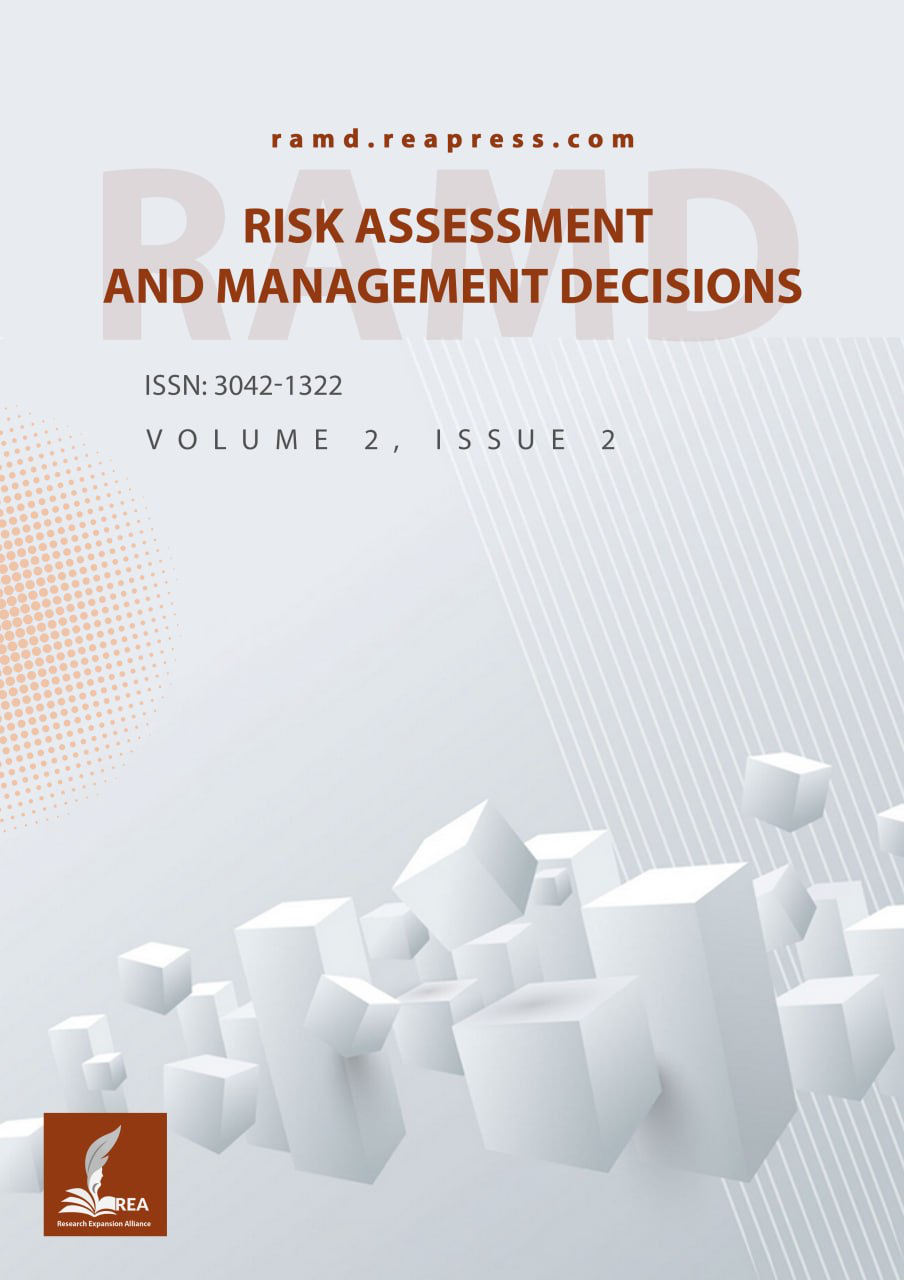A Medical Diagnosis of Cataract Using Intuitionistic Fuzzy Sets
Abstract
Accurate decision-making in medical diagnosis investigations is complex due to the impreciseness of the patient’s symptoms in a disease that may or may not be accurate. Uncertainty is the characteristic relation between symptoms and disease. Uncertainty is best handled by linguistic variables. Intuitionistic Fuzzy Sets (IFSs) help model imprecision in decision-making problems like medical diagnosis. We propose an intuitionistic fuzzy method for the diagnosis of the cause of cataract and various factors responsible for cataract in different patients of the age group above 40 years. This model is based on the physician’s medical knowledge of the relation between the patients and of symptoms and types of cataracts using IFSs. For this purpose, we describe a state of a patient, knowing the results of his/her medical tests by the degree of membership and degree of non-membership based on the relationship between symptoms and various types of factors and types of cataracts. By the intuitionistic fuzzy max–min–max relation, we identify the disease with the maximum membership value for various patients. We illustrate the methodology with the case study of Indian patients in the Jharkhand region. The study included 50 patients over 40 years of age, of both genders, attending the general hospital for checkup or diagnosis of cataract. Causes of cataract and types of cataracts affecting the patients. Our study found that diabetes is the main cause of cataract for most patients. Patients with diabetes have posterior and cortical types of cataracts.
Keywords:
Intuitionistic fuzzy sets, Medical decision-making, Linguistic variables, Posterior cataract, Cortical cataract, Jharkhand patientsReferences
- [1] Cataract, D. and. (2025). American journal of ophthalmology. http://www.aao.org/eyehealthdisease/google.
- [2] Atanassov, K. T. (2012). On intuitionistic fuzzy sets theory (Vol. 283). Springer. https://B2n.ir/pp6928
- [3] Sanchez, E. (1993). Solutions in composite fuzzy relation equations: Application to medical diagnosis in Brouwerian logic. In Readings in fuzzy sets for intelligent systems (pp. 159–165). Elsevier. https://doi.org/10.1016/B978-1-4832-1450-4.50017-1
- [4] De, S. K., Biswas, R., & Roy, A. R. (2001). An application of intuitionistic fuzzy sets in medical diagnosis. Fuzzy sets and systems, 117(2), 209–213. https://doi.org/10.1016/S0165-0114(98)00235-8
- [5] Saikia, B. K., Das, P. K., & Borkakati, A. K. (2003). An application of intuitionistic fuzzy soft sets in medical diagnosis. Bio science research bulletin, 19(2), 121–127. https://B2n.ir/nx2375
- [6] Szmidt, E., & Kacprzyk, J. (2004). Medical diagnostic reasoning using a similarity measure for intuitionistic fuzzy sets. Note IFS, 10(4), 61–69. https://ifigenia.org/images/archive/0/00/20240827130524%21NIFS-10-4-61-69.pdf
- [7] Michael, R., & Bron, A. J. (2011). The ageing lens and cataract: A model of normal and pathological ageing. Philosophical transactions of the royal society B: Biological sciences, 366(1568), 1278–1292. https://pmc.ncbi.nlm.nih.gov/articles/PMC3061107/pdf/rstb20100300.pdf
- [8] Shora, A. R., Alam, M. A., & Siddiqui, T. (2012). Knowledge-driven intuitionistic fuzzy decision support for finding out the causes of obesity. International journal on computer science and engineering, 4(3), 356. https://B2n.ir/xw4495
- [9] Thong, N. T., & Thong, N. T. (2015). Intuitionistic fuzzy recommender systems: An effective tool for medical diagnosis. Knowledge-based systems, 74, 133–150. https://doi.org/10.1016/j.knosys.2014.11.012
- [10] Santosa, I., Romla, L., & Herawati, S. (2018). Expert system diagnosis of cataract eyes using fuzzy mamdani method. Journal of physics: Conference series (Vol. 953, p. 12138). IoP Publishing. https://iopscience.iop.org/article/10.1088/1742-6596/953/1/012138/pdf
- [11] Cheng, K. L., Huang, J. Y., Su, C. L., Tung, K. C., & Chiou, J. Y. (2018). Cataract risk of neuro-interventional procedures: A nationwide population-based matched-cohort study. Clinical radiology, 73(9), 836-e17. https://doi.org/10.1016/j.crad.2018.05.019
- [12] Klir, G. J., & Yuan, B. (1996). Fuzzy sets and fuzzy logic: Theory and applications. Possibility theory versus probab. theory, 32(2), 207–208. https://dml.cz/bitstream/handle/10338.dmlcz/124175/Kybernetika_32-1996-2_8.pdf
- [13] Yen, J. (1999). Fuzzy logic: Intelligence, control, and information. Pearson Education India. https://www.amazon.com/Fuzzy-Logic-Intelligence-Control-Information/dp/0135258170
- [14] Cumming, R. G., & Mitchell, P. (1997). Alcohol, smoking, and cataracts: The blue mountains eye study. Archives of ophthalmology, 115(10), 1296–1303. https://doi.org/10.1001/archopht.1997.01100160466015
- [15] West, S., Munoz, B., Emmett, E. A., & Taylor, H. R. (1989). Cigarette smoking and risk of nuclear cataracts. Archives of ophthalmology, 107(8), 1166–1169. https://doi.org/10.1001/archopht.1989.01070020232031
- [16] Rajasekaran, S., & Pai, G. A. V. (2003). Neural networks, fuzzy logic and genetic algorithm: Synthesis and applications (with CD). PHI Learning Pvt. Ltd. https://B2n.ir/pj4834
- [17] Ganesh, M. (2006). Introduction to fuzzy sets and fuzzy logic. PHI Learning Pvt. Ltd. https://B2n.ir/bt8085


